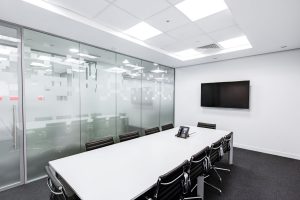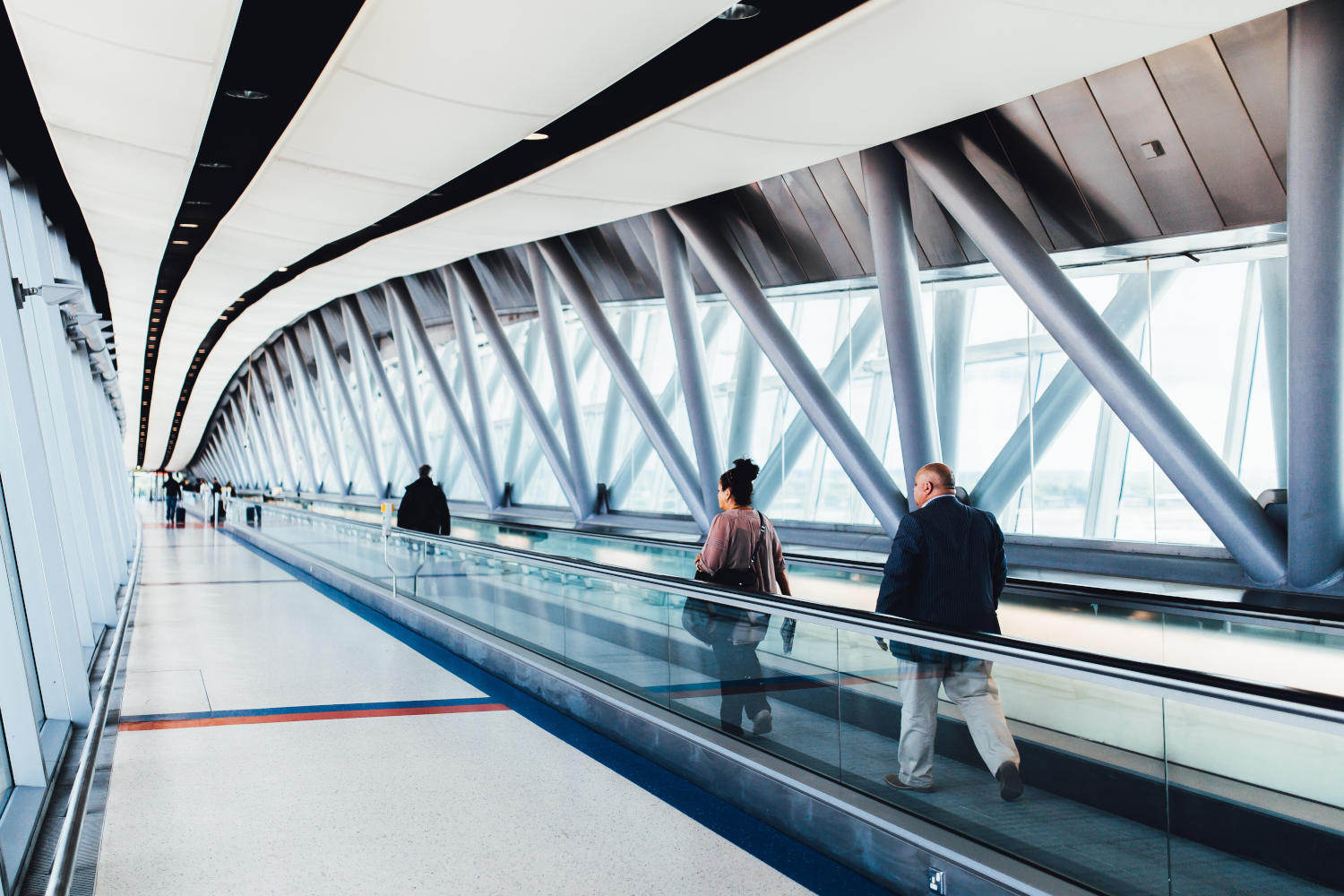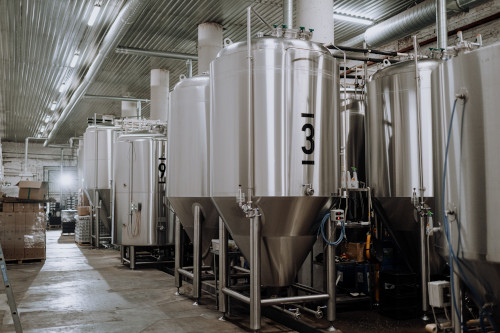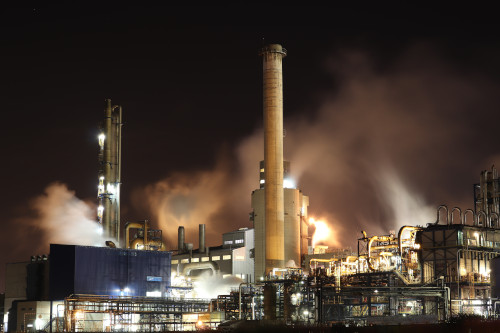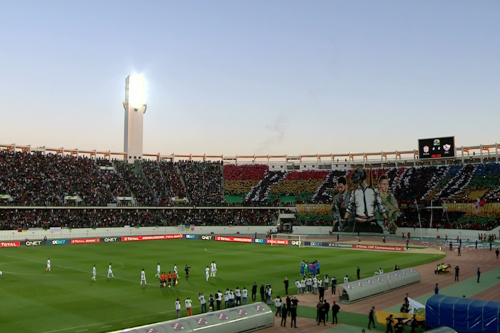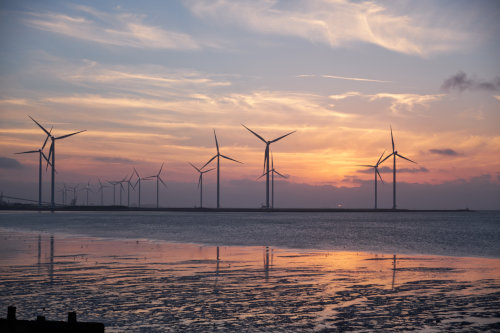The C5-M anti-corrosion paint cycle is the most protective of the anti-corrosion processes, as it guarantees maximum protection even in the most demanding environments, such as marine environments. Let’s see what it consists of and when its use is recommended.
The choice of coating cycle has a major impact on the finished product. Getting the cycle wrong means taking risks that you can’t afford, especially for those items on whose operation an entire design ecosystem depends and whose unexpected deterioration can lead to serious damage and losses. The question, therefore, arises: what needs to be done to choose the best coating cycle?
ISO 12944: Protection against corrosion of steel structures by painting
Let’s start with the key concept: the ISO 12944 standard defines corrosion protection of steel structures using the protective coating. As well as introducing the key concepts, this standard deals with the classification of the environments in which the items will operate, design considerations, duration of protection, surface types, coating cycles, laboratory testing and maintenance. All of these considerations are fundamental when it comes to choosing a coating cycle.
Take durability, for example, it is classified as low (2-5 years), medium (5-15 years) and high (more than 15 years). The coating cycle involved will change if the duration required is 5 or 20 years, and it will also change according to the type of article to be treated; if an article has a complex maintenance process, or if its expected lifespan is quite long, the coating duration will also have to go hand in hand and lengthen accordingly.
Another aspect that should not be overlooked is the durability of a protective coating system, which can depend on several factors, such as:
- Coating cycle
- Structure Design
- Support Preparation
- Type of substrate
- Exposure Conditions
- Maintenance Conditions
The durability class is not a “guarantee of durability”, but it does provide a means of helping to draw up an appropriate maintenance program in order to meet the corrosion resistance expectations of the item. The construction characteristics of the part to be coated for outdoor durability are listed directly in ISO 12944.
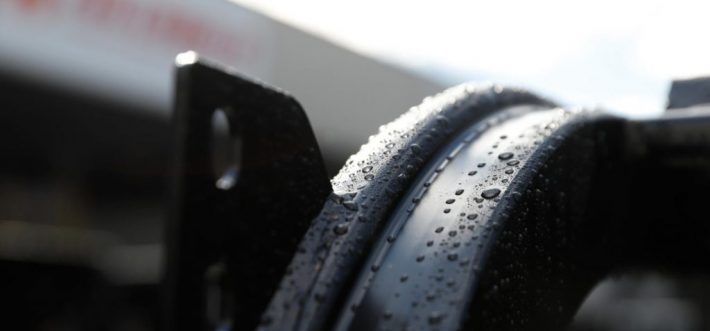
How to choose the right coating cycle
Having said all of the above, it’s a good idea to assess what type of coating cycle is required. As mentioned above, it is necessary to take into account the expected durability of the coating, the characteristics of the location in which the article will be displayed, the nature and type of the substrate and its design and aesthetic characteristics.
Atmospheric environments represent one of the most important points on this list: they are nothing other than the place where the article will be installed or will be destined to operate, including all the criticalities involved, corrosiveness included.
These environments are classified into six distinct categories, from the least to the most “demanding”, and clearly where corrosivity will be higher, more efficient coating cycles will be required.
Classification and description of atmospheric environments:
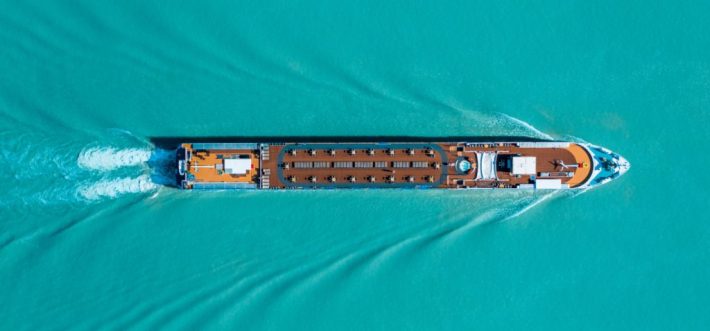
Very High Corrosivity and High Salinity: The C5-M Protective Coating Cycle
Of all the cases overexposed, the most challenging is C5-M, which represents a very high rating in a predominantly saline environment. Anti-corrosive paint cycles are described in ISO 12944-5:2019, which covers the most commonly used types of paints and coatings for protecting steel structures from oxidation.
Our cycle ensures maximum resistance to salinity, making sure that items and parts that find themselves operating at sea or in coastal areas are always protected against external agents, which in those conditions can heavily affect the surface and composition of the artifacts. Ignoring these factors can lead to a fast deterioration of the products, to constant and unexpected maintenance and, ultimately, to an overall increase in operating costs.
Our cycle involves the use of shotblasting, chemical pretreatment cycles, e-coating and powder coating.
The tests to which we have subjected our protective cycle have given comforting results, such as:
- 1,440 hours according to ISO 9227 (salt spray test)
- 720 hours per ISO 6270 (procedure for exposure to condensed water atmospheres)
Would you like to receive more information? Write us by filling out the form below:


